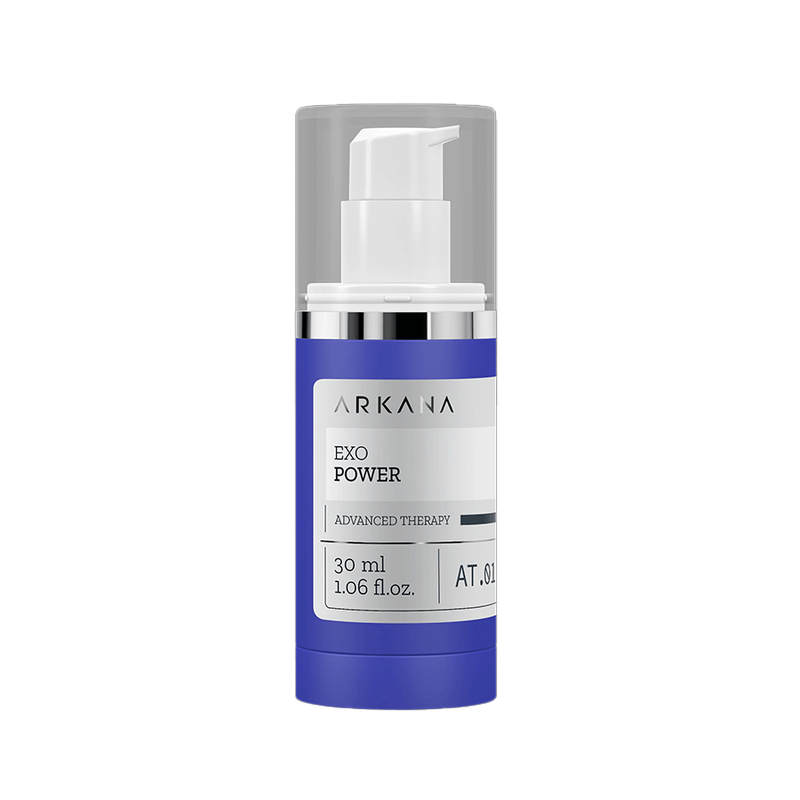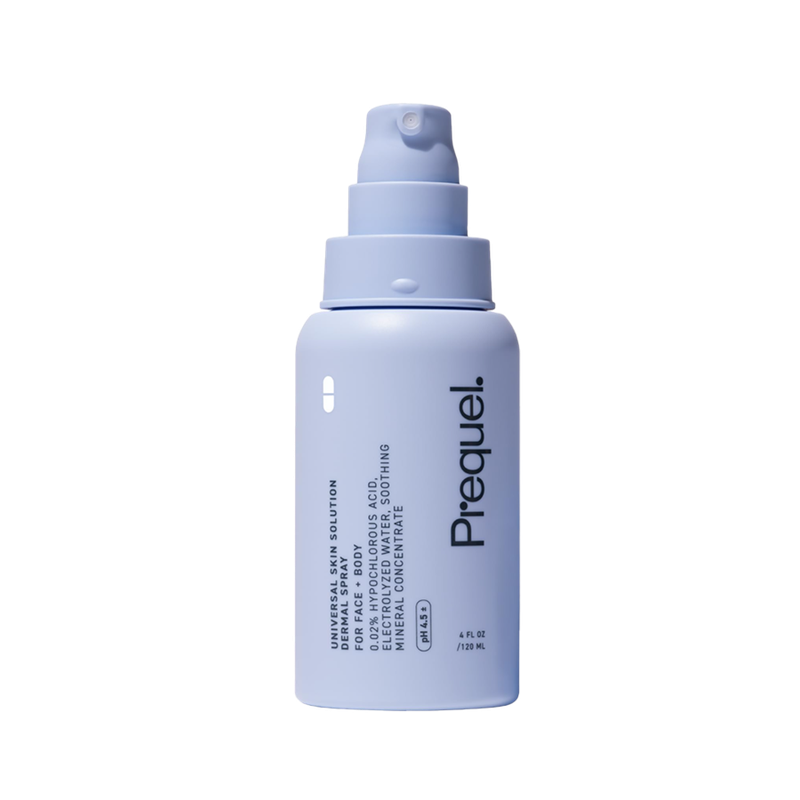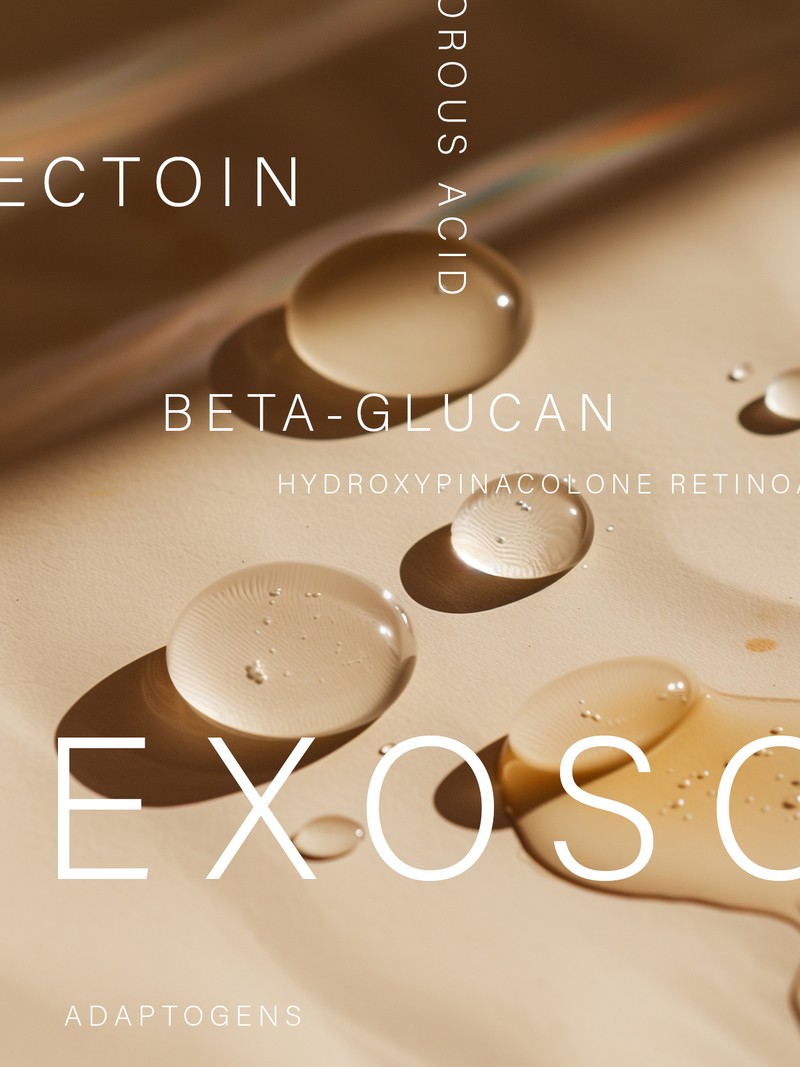
Trending Skincare Ingredients To Have On Your Radar
ECTOIN
What It Is
Ectoin has emerged as a protective powerhouse, lauded by researchers and skin experts alike for its multiple skin benefits. It’s an extremolyte, an amino acid derivative found in microorganisms that survive in some of the harshest environments like salt lakes and deserts. “Known as a ‘natural moisturiser’, ectoin helps hydrate, soothe dryness, irritation and damage, and can be particularly effective on sensitive or compromised skin,” says Dr Eirini Merika, consultant dermatologist and head of dermatology at Montrose London.
How It Works
It’s a great all-rounder ingredient, but arguably ectoin’s best quality is its ability to defend. “It works by forming a protective shield against environmental stressors – think extreme temperatures, pollution and UV light,” Eirini explains. “All while also strengthening the skin barrier, reducing inflammation and providing deep hydration.” Thanks to its potent antioxidant properties, it neutralises damaging free radicals, thus preventing the formation of new fine lines and wrinkles but also reducing the appearance of existing lines. It’s equally handy for boosting hydration, as it forms a barrier on the skin’s surface to seal in moisture, minimising transepidermal water loss and resulting in a bouncier, plumper complexion.
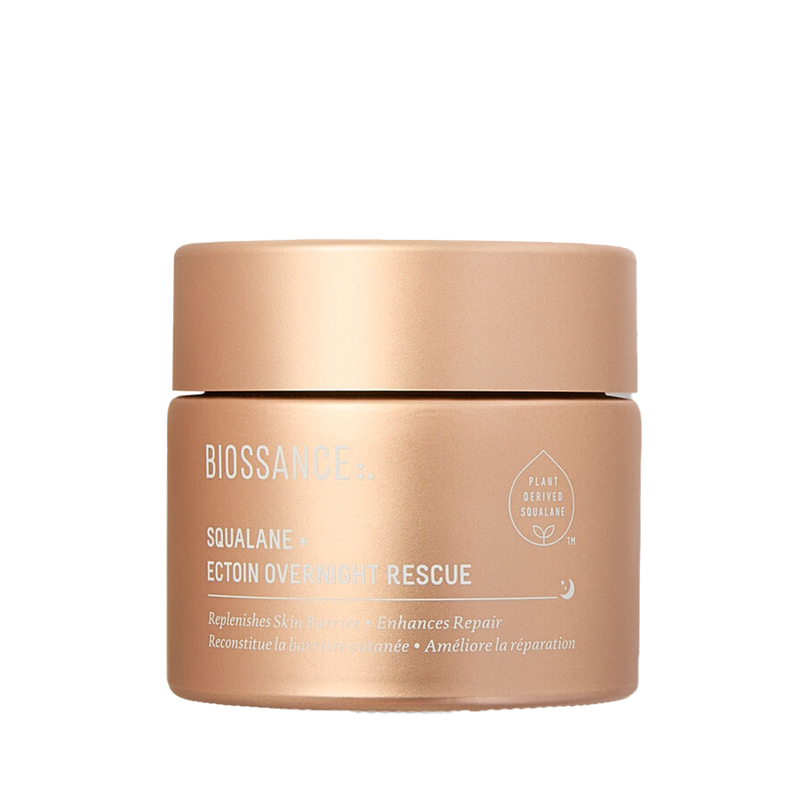
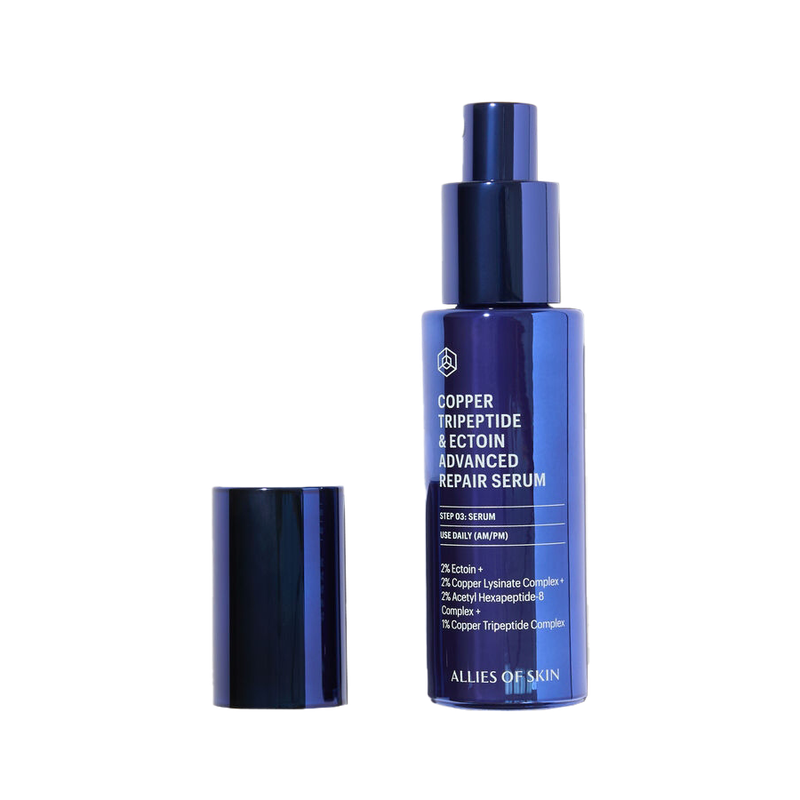
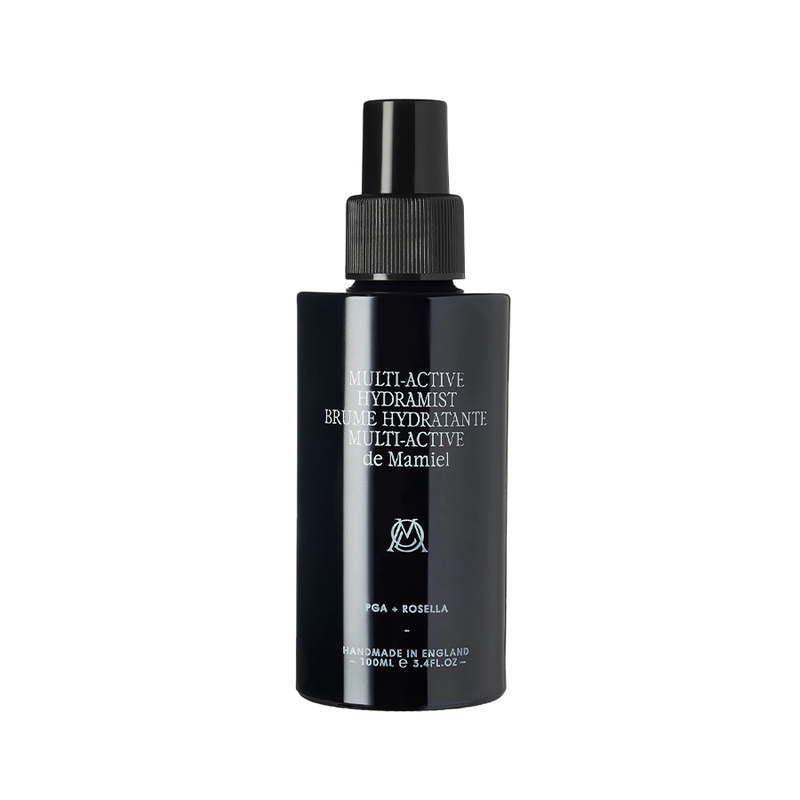
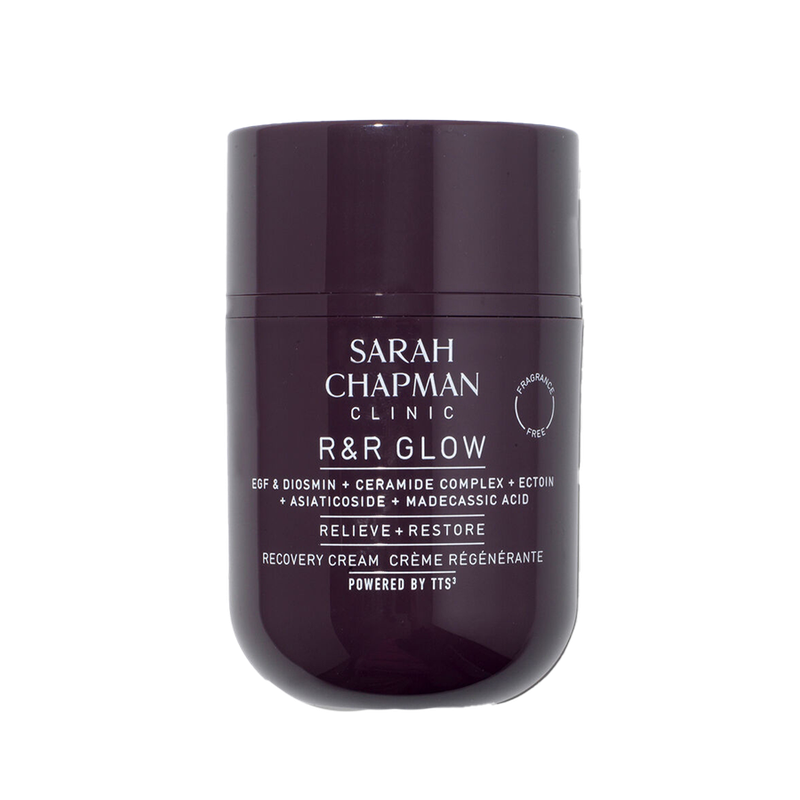
BETA-GLUCAN
What It Is
You may have noticed beta-glucan cropping up more, mostly within the context of calming and repairing products. “Best known for its skin-soothing and immune-boosting properties, beta-glucan is a polysaccharide which naturally occurs in plant cell walls,” explains Eirini. “It’s mainly sourced from wheat, barley, oats, even yeasts or fungi.” You can either ingest it via your food or apply it topically – it eases irritation and redness, so it’s one to have on your radar if you’re looking to relieve symptoms of skin conditions such as eczema or dermatitis.
How It Works
“Beta-glucan enhances the skin’s natural defence mechanisms, deeply hydrates and calms redness and irritation. It’s ideal for use on sensitive or post-procedure skin,” says Eirini. The antioxidant-rich ingredient acts as a humectant, meaning it attracts and retains water molecules. It works by forming a protective barrier on the skin’s outermost layer to keep potential irritants out and lock in moisture. Despite its large molecular weight, it’s surprisingly effective at penetrating the skin’s layers, with some studies even finding it more effective than hero hydrator hyaluronic acid.
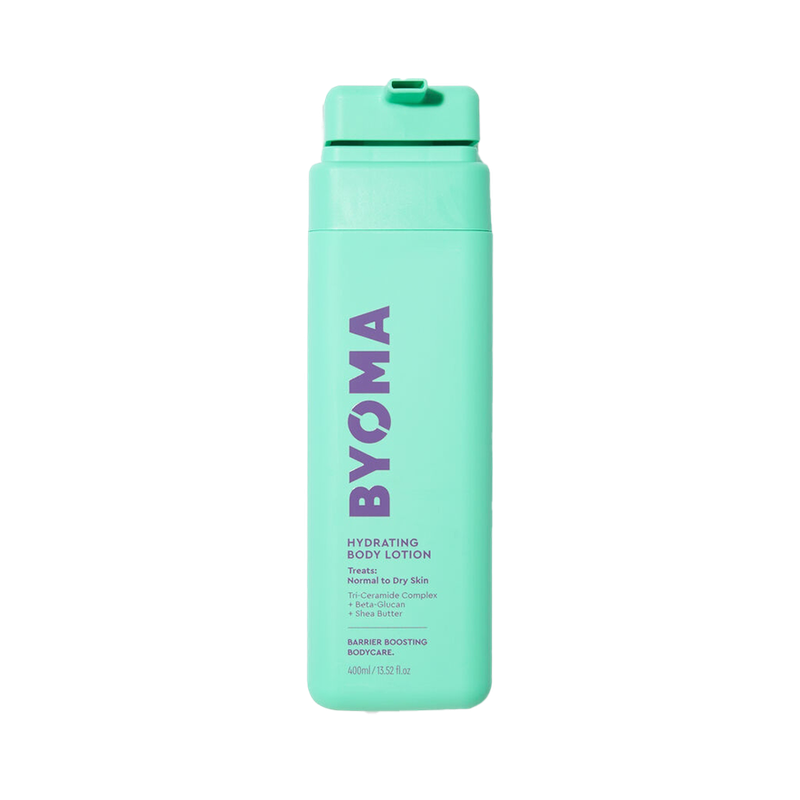
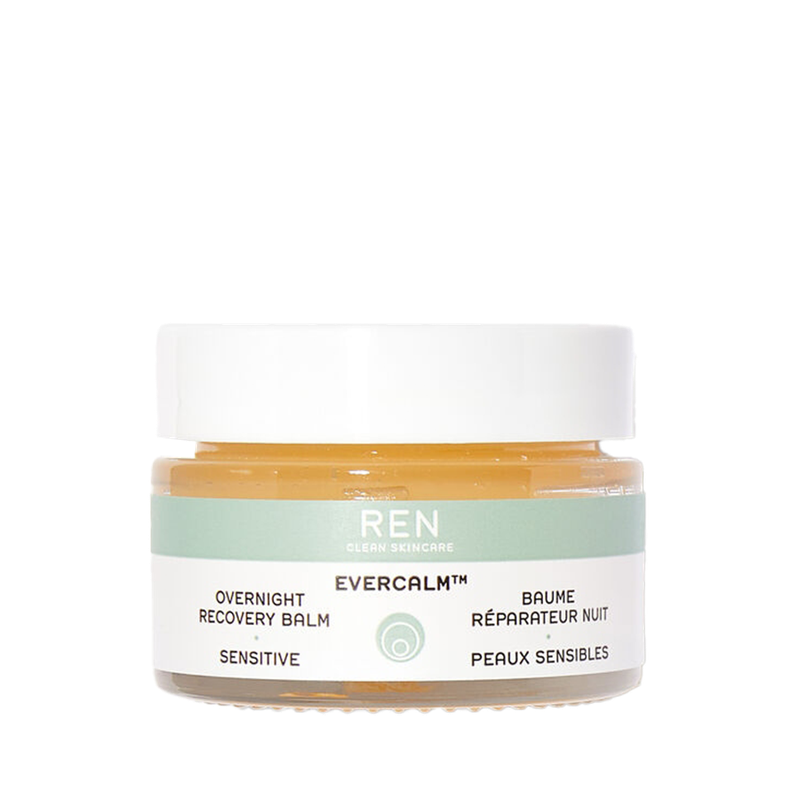
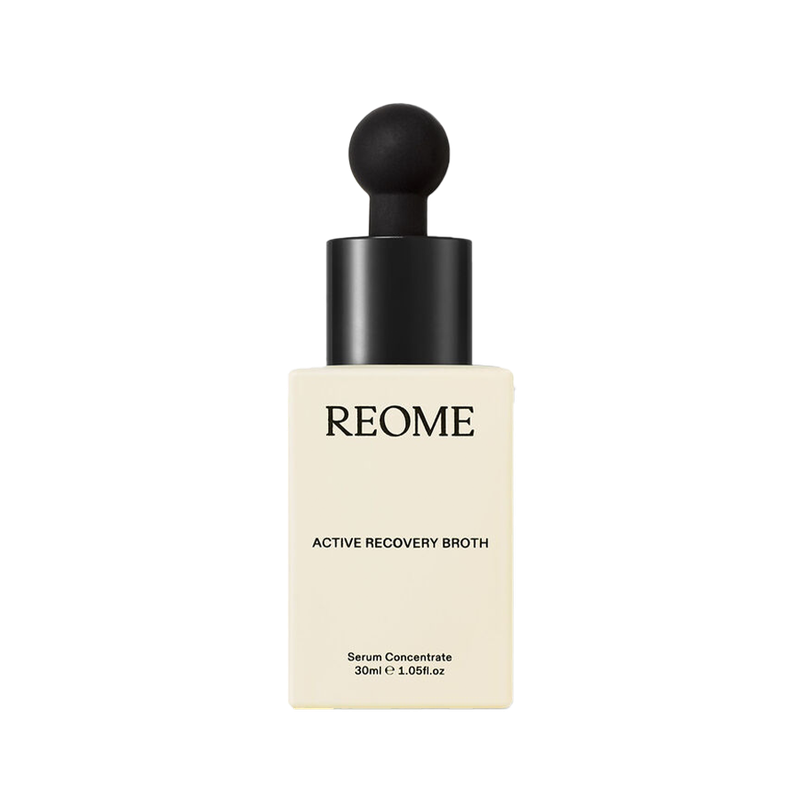
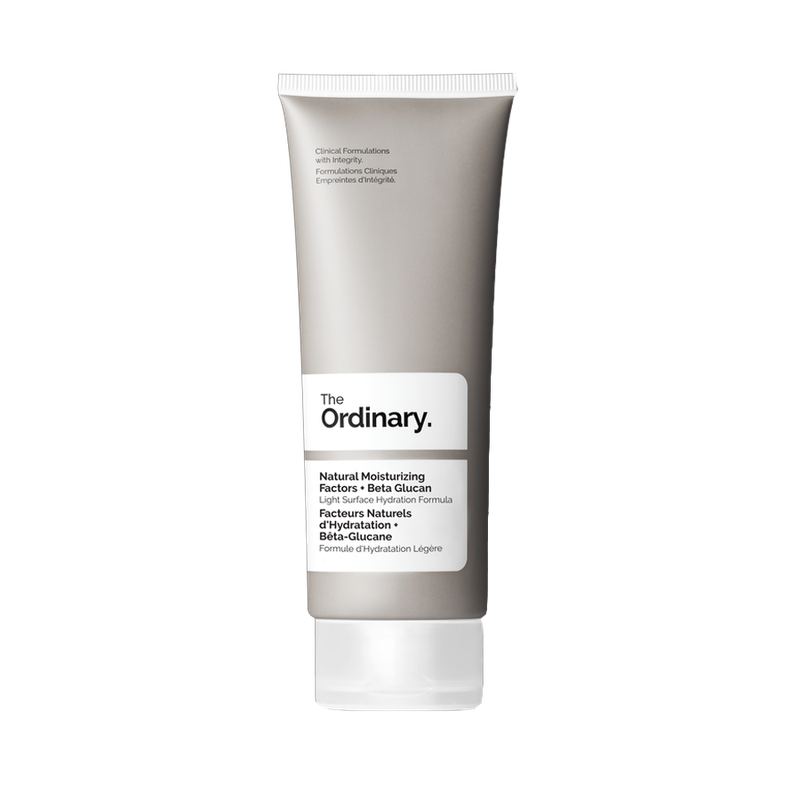
HYDROXYPINACOLONE RETINOATE
What It Is
Hydroxypinacolone retinoate, otherwise known as HPR, sits within the vitamin A category. This lesser-known retinoid is well-tolerated by those prone to dryness and sensitivity – a potential game-changer if you’ve previously avoided potent anti-ageing actives for fear of the dreaded ‘purge’. “This relatively new, promising retinoid is already in its active form, so it works directly on the skin’s receptors without requiring enzymatic conversion,” explains Eirini. “The risk of irritation is much lower than that of traditional retinoids, and yet it’s still effective at encouraging cell turnover.”
How It Works
Unlike many other vitamin A derivatives, HPR is an ester form of retinoic acid, meaning it doesn’t require any conversion steps and can get to work on improving your skin immediately. Alongside evening tone and smoothing texture, it can bind directly to retinoid receptors inside skin cells, resulting in increased collagen production – the protein responsible for firmness and bounce. This is a great entry-level option to consider, especially if your skin is sensitive.
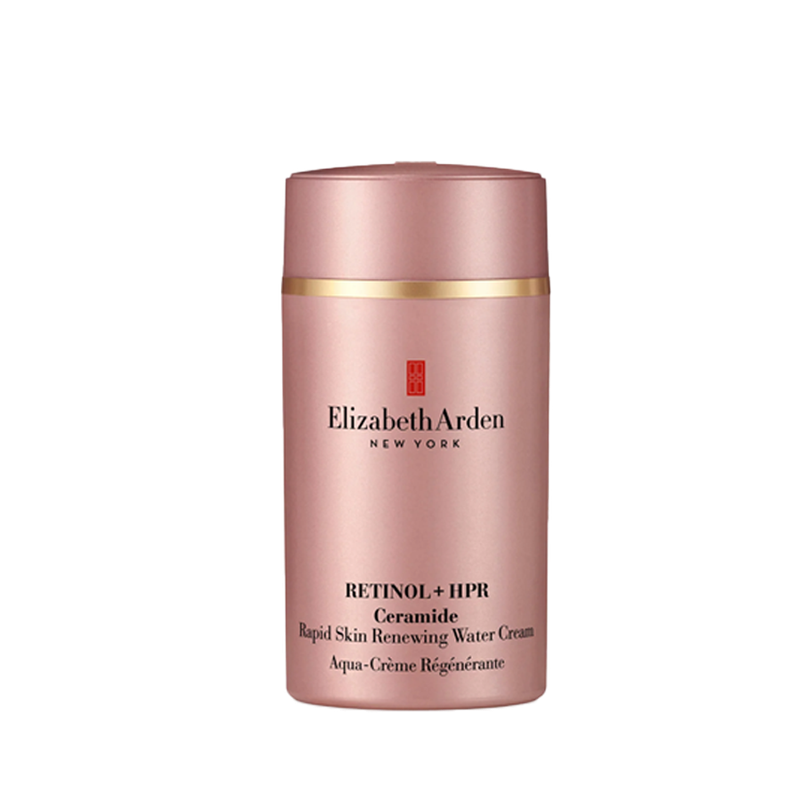
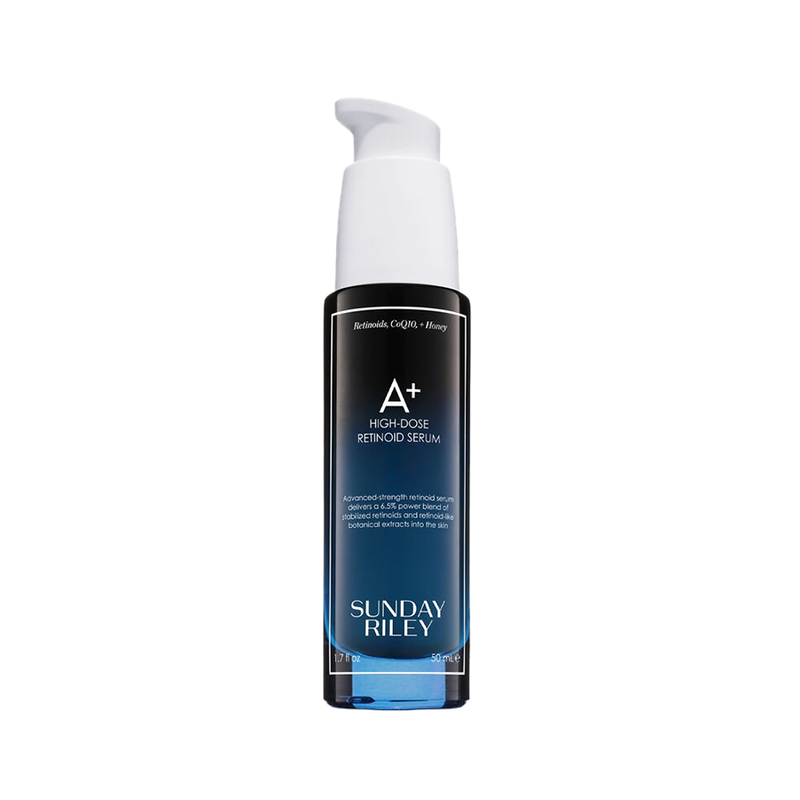
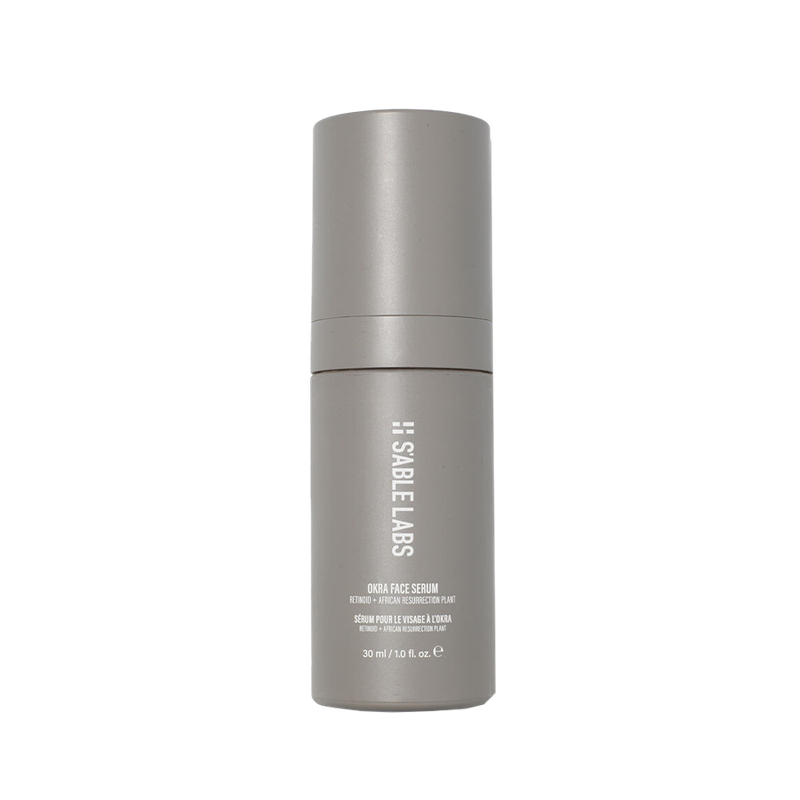
ADAPTOGENS
What It Is
Adaptogens is an umbrella term used to describe synthetic and plant-based compounds thought to help the body ‘adapt’ to stress, pollution, UV exposure, inflammation and other sources of skin damage. They’re actually not that new – adaptogens have been used historically within Traditional Chinese Medicine and Ayurveda for centuries – but they’re having a bit of a moment right now. Some of the most common examples include ginseng, turmeric, ashwagandha, rhodiola, and reishi mushroom.
How It Works
Studies on adaptogens are still in the infancy stages, so it’s hard to make concrete claims on the benefits, but many leading skincare authorities swear by them. “They regulate the body’s cortisol response, reinforce barrier function, improve hydration, reduce oxidative damage and restore overall balance,” says Eirini. “Adaptogens are worth exploring if you’re prone to redness, flare-ups or environmental sensitivity.”
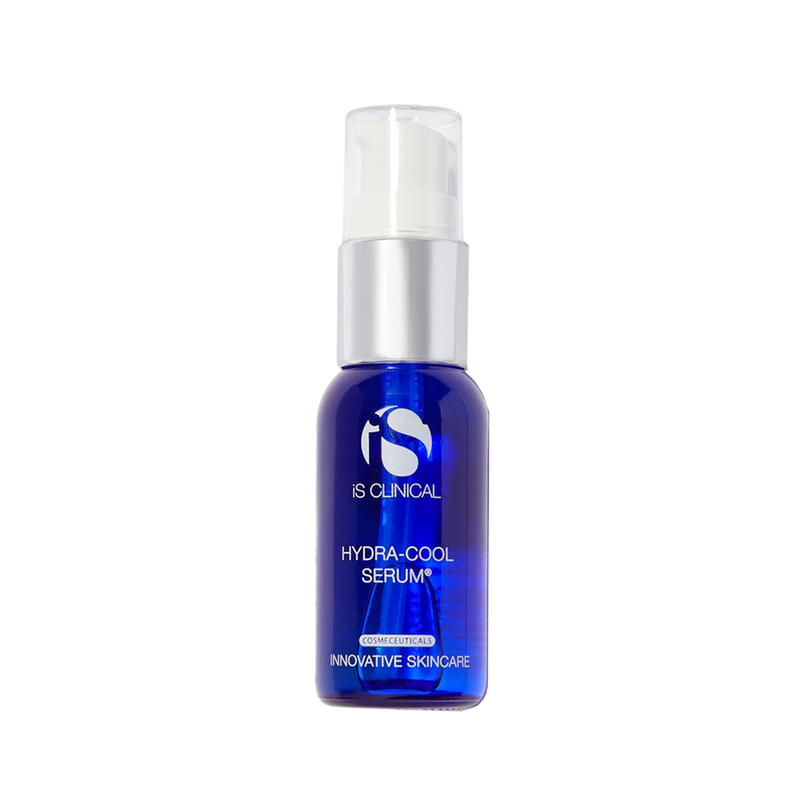
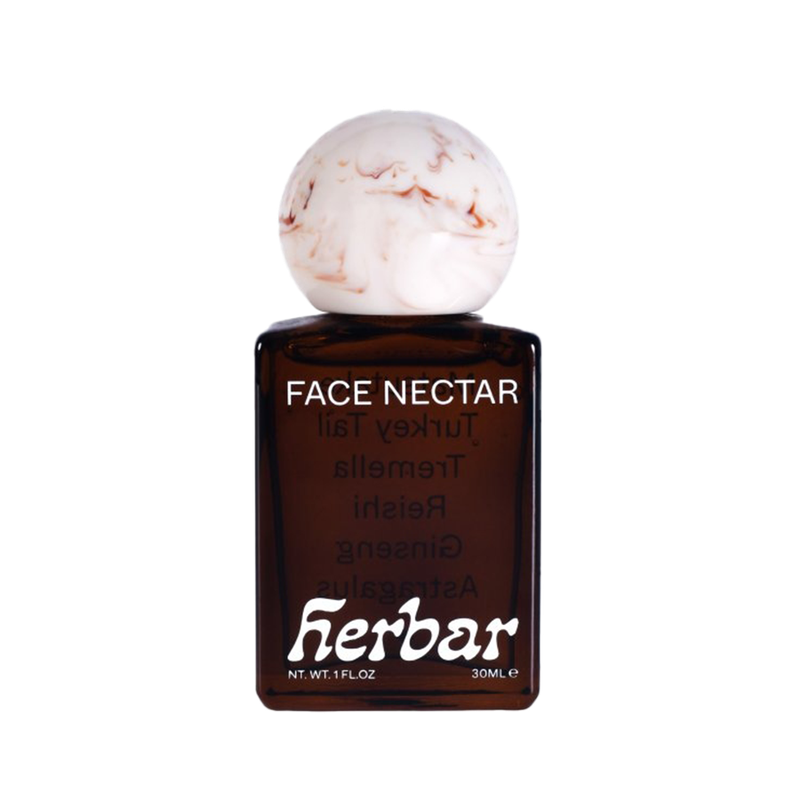
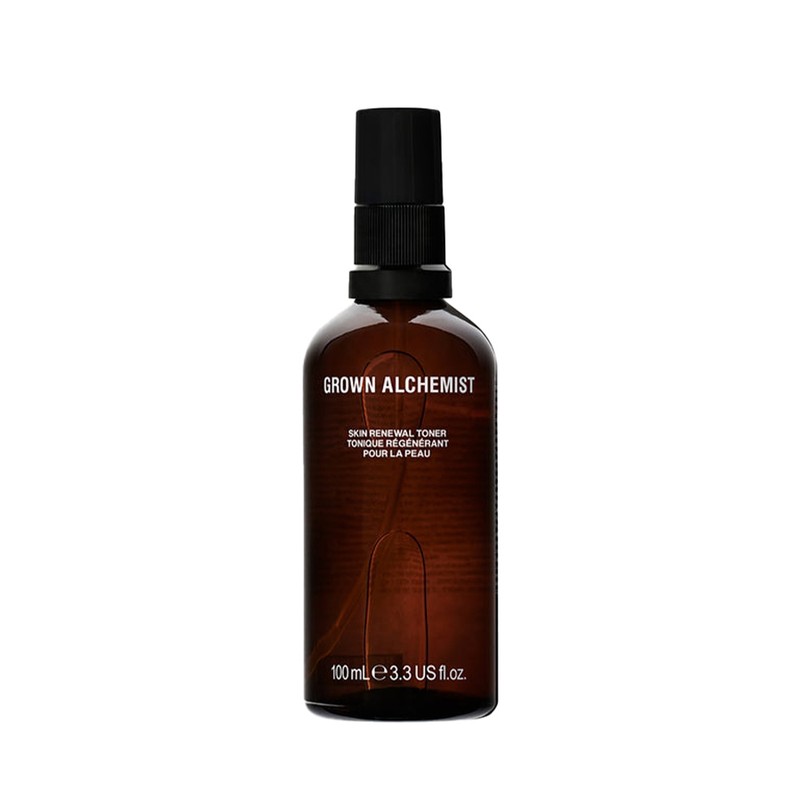
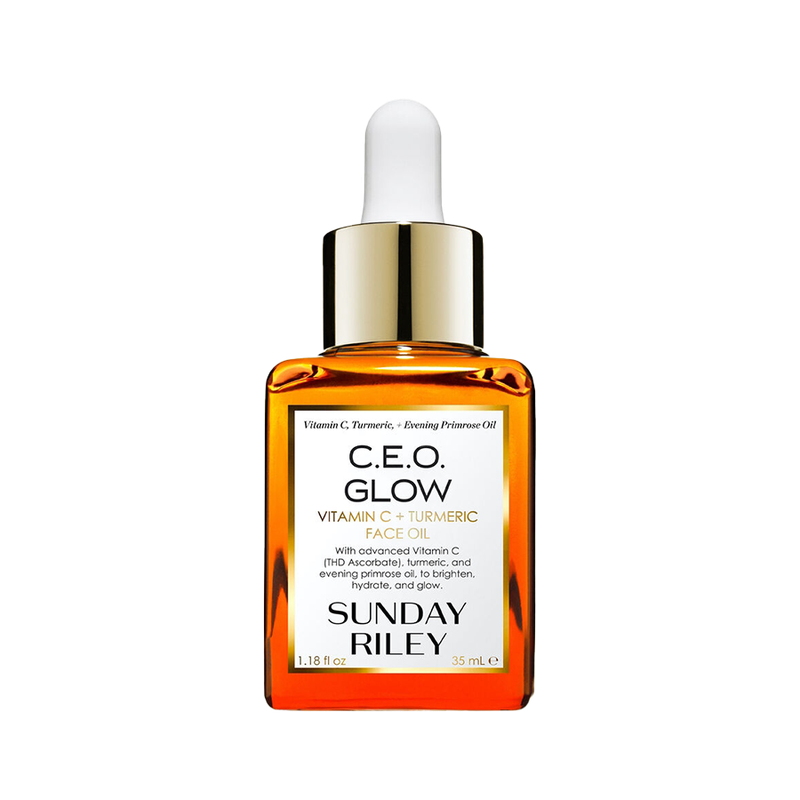
EXOSOMES
What It Is
Exosome treatments are everywhere right now, hailed as the need-to-know skin rejuvenator. “Often derived from stem cells or plant sources, they are tiny extracellular vesicles containing growth factors, peptides and lipids,” explains Eirini. Think of them as messenger molecules that help enhance the body’s natural regenerative processes. Exosomes cannot legally be injected under the skin in the UK, instead in-clinic they are applied topically alongside a treatment that causes tiny punctures in the skin (microneedling, for instance), allowing the solution to absorb deeper. You can also buy topical exosome products for at-home use, but they are less potent than a professional treatment.
How It Works
As we age, our body naturally produces less collagen, resulting in a loss of firmness, but also, the skin’s repair mechanisms slow down. “Exosomes are messenger molecules that enhance cellular communication, stimulate collagen synthesis, accelerate wound healing and improve overall skin quality,” says Eirini. Not only one-to-watch in the anti-ageing category, some experts say exosome therapy can be more effective than Platelet-Rich Plasma, it’s also being used more and more in post-procedure care to encourage speedy recovery.


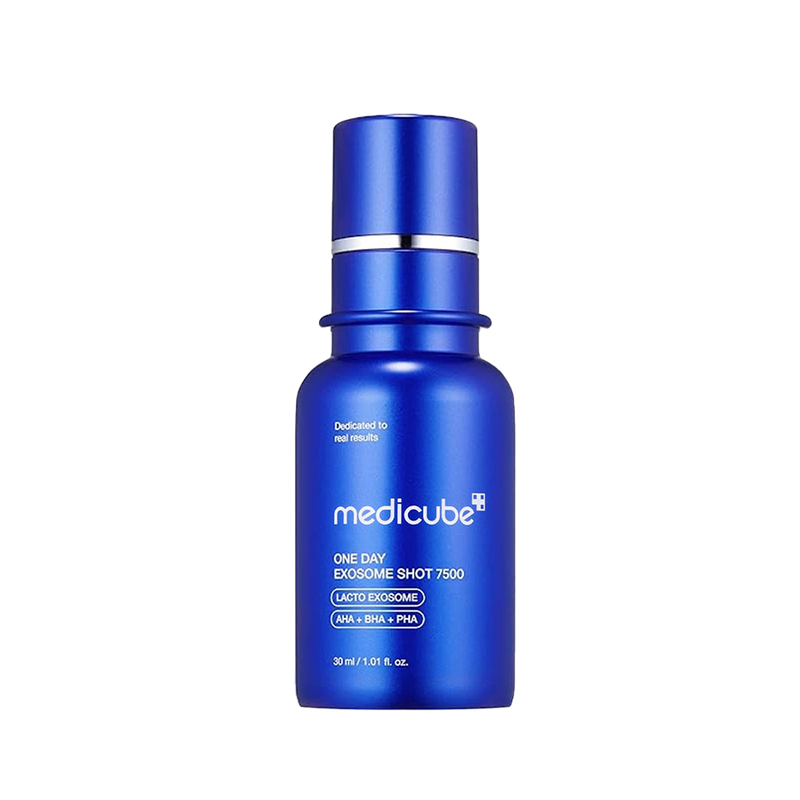
HYPOCHLOROUS ACID
What It Is
With so many buzzy ingredients, it’s hard to know what’s worth the hype. But since going viral on TikTok, hypochlorous acid has maintained its popularity and made its way into the gym bags of the masses. This hero soother is a naturally occurring acid produced by white blood cells, “known for its potent antimicrobial, anti-inflammatory and skin-healing properties”, according to Eirini. Plus, it’s extremely budget friendly.
How It Works
Backed by derms, hypochlorous acid helps to heal the skin by fighting microbes that cause inflammation. “It eliminates bacteria, eases swelling and redness and promotes barrier repair, making it ideal for acne-prone, sensitive or post-procedure skin,” says Eirini. Tower 28 founder Amy Liu created the brand’s bestselling SOS Spray in effort to manage her severe eczema with a formula gentle enough for the face as well as the body. There are so many benefits, but if you struggle with acne, throw it in your bag and spritz it over your skin immediately after your workout.
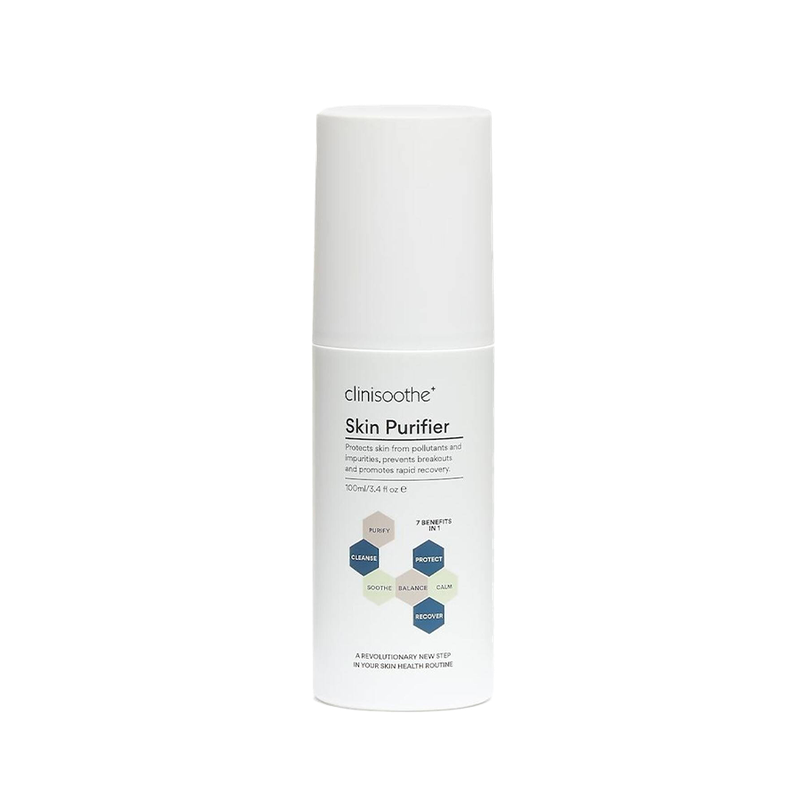
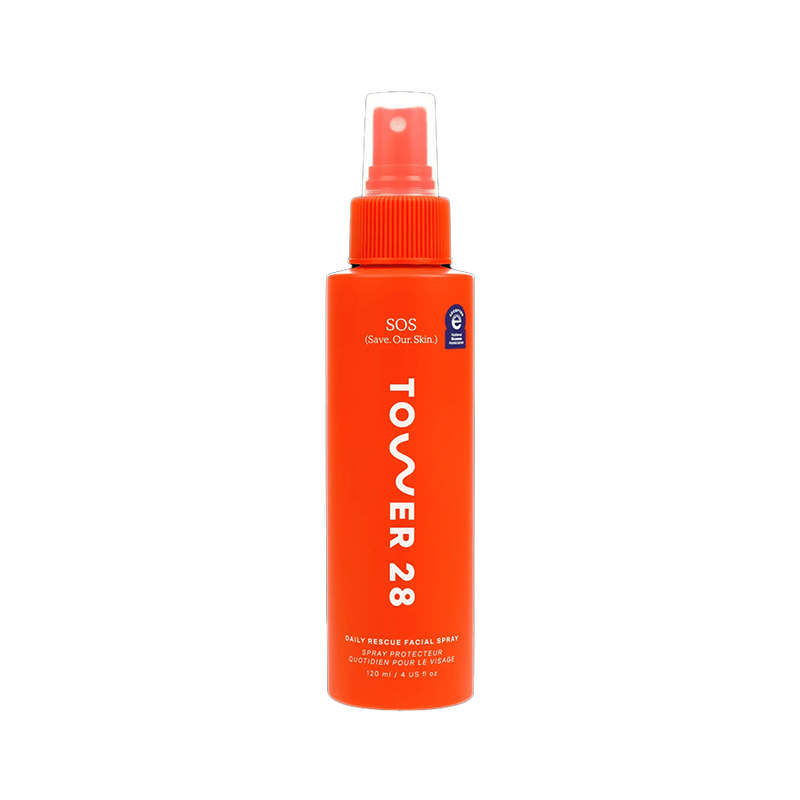
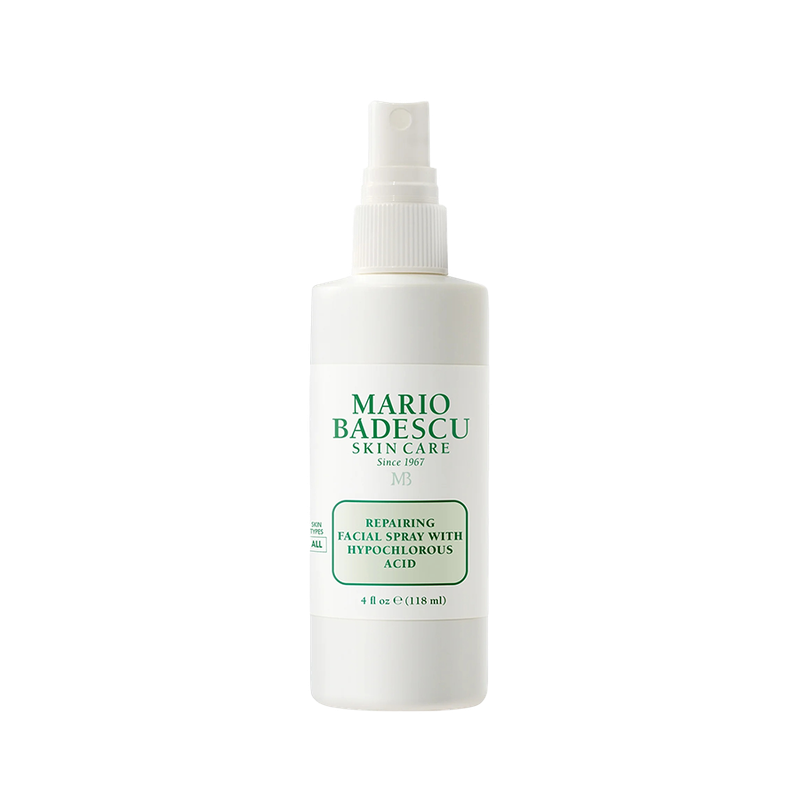
Visit MONTROSECLINICS.COM
DISCLAIMER: Features published by SheerLuxe are not intended to treat, diagnose, cure or prevent any disease. Always seek the advice of your GP or another qualified healthcare provider for any questions you have regarding a medical condition, and before undertaking any diet, exercise or other health-related programme.
DISCLAIMER: We endeavour to always credit the correct original source of every image we use. If you think a credit may be incorrect, please contact us at info@sheerluxe.com.

